Clarification?
All of this said, the President and cabinet officials continue to insist that new semiconductor and similar tariffs are ‘under investigation’, but with no timeframe attached, only give very near-term relief to CE companies, doing nothing for mid-term or long-term planning. CE companies can always make promises to shift more capacity to the US, but in most cases such commitments will take years to plan and execute. For those that are willing to make such a commitment, we remind them that Foxconn (2354.TT) still has plenty of room at its Wisconsin “6th Wonder of the World” manufacturing center, even after Microsoft’s (MSFT) $3.3b data center construction plans for a portion of the site. As of January (2025), Microsoft has put two of the three Foxconn site projects on hold[1]
While the Friday semiconductor exemptions give CE companies a bit of breathing room, the volatility remains, and while it will take some time for Trump-aligned CE companies to come up with satisfactory plan for production in the US, placating headlines can be created by leaking that some production has been shifted out of China, preferably to an existing production location with low potential reciprocal tariff liabilities. Given how often the trade situation changes, we expect only those countries or even companies that are so desperate to maintain trade with the US will make more substantial concessions until more trade stability can be maintained. Rumors stating that some of Apple’s (AAPL) production lines in China have been shuttered have been denied by suppliers, but we expect more of the same until a more stable policy can be established, 1,307 days left…
Semiconductor exemptions
- 8471: Automatic data processing machines, magnetic or optical readers, machines for processing such data, including (847330) parts & accessories. While not specifically mentioned, it seems to cover all desktop and laptop computers.
- 8486: Tools for the manufacture of semiconductor boules or wafers, semiconductor devices, electronic integrated circuits or flat panel displays.
- 85171300: Smartphones.
- 85176200: Routers, modems, and network equipment
- 85235100: Solid-state non-volatile storage devices.
- 8524: Flat panel display modules, with or without touch
- 85285200: Computer monitors.
- 85411000: Diodes, other than photosensitive or light-emitting diodes.
- 85412100: Transistors, with a dissipation rate of less than 1W.
- 85412900: Transistors, with a dissipation rate greater than 1W.
- 85413000: Thyristors, diacs and triacs, other than photosensitive devices.
- 85414910, 85414970, 85414980, 85414995: Photosensitive semiconductor devices, meaning LEDs and other light-sensitive sensors.
- 85415100: More specific to LEDs.
- 85415900: This covers pretty much any semiconductor that has not been covered previously, and parts (85419000) including piezoelectric crystals
- 8542: Broad coverage of Microprocessors (CPUs), Memory chips (RAM, ROM), Logic, Amplifiers, Processors and controllers.
[1] While no public details have been given as to why the postponement by Microsoft was made, the company has reduced data center capacity plans in a number of locations this year.
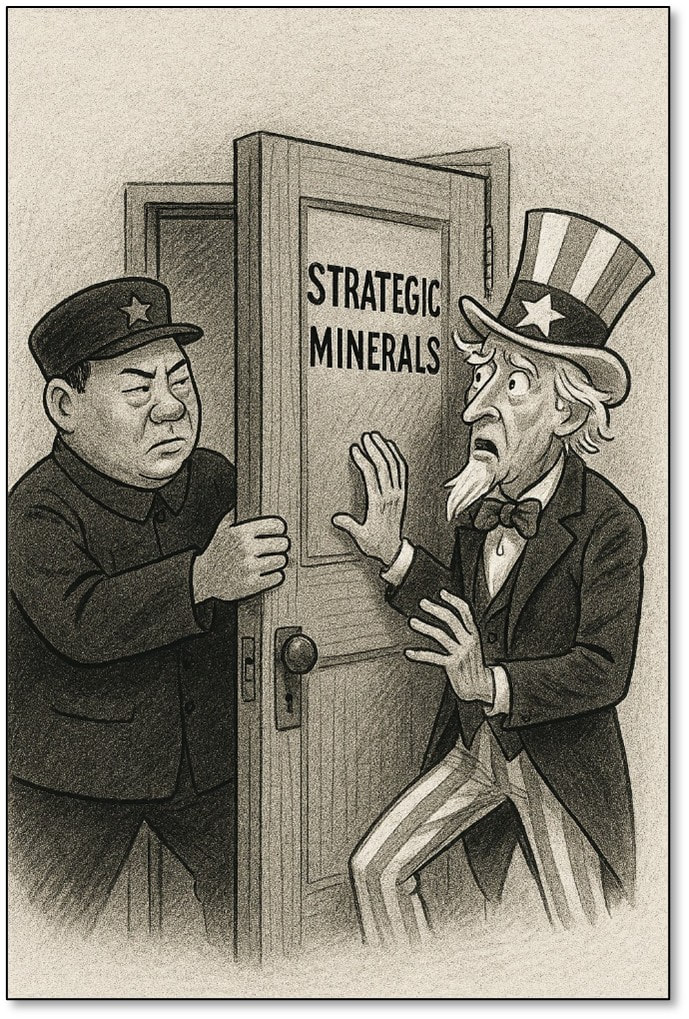
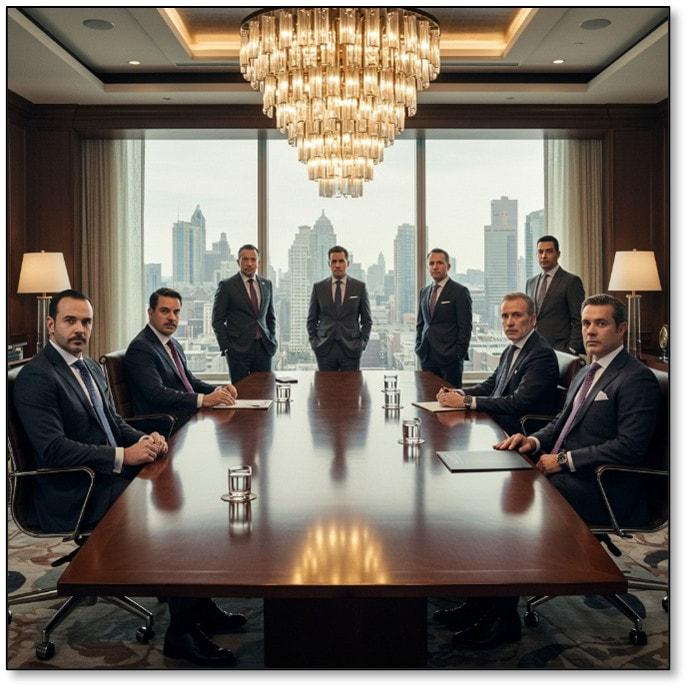

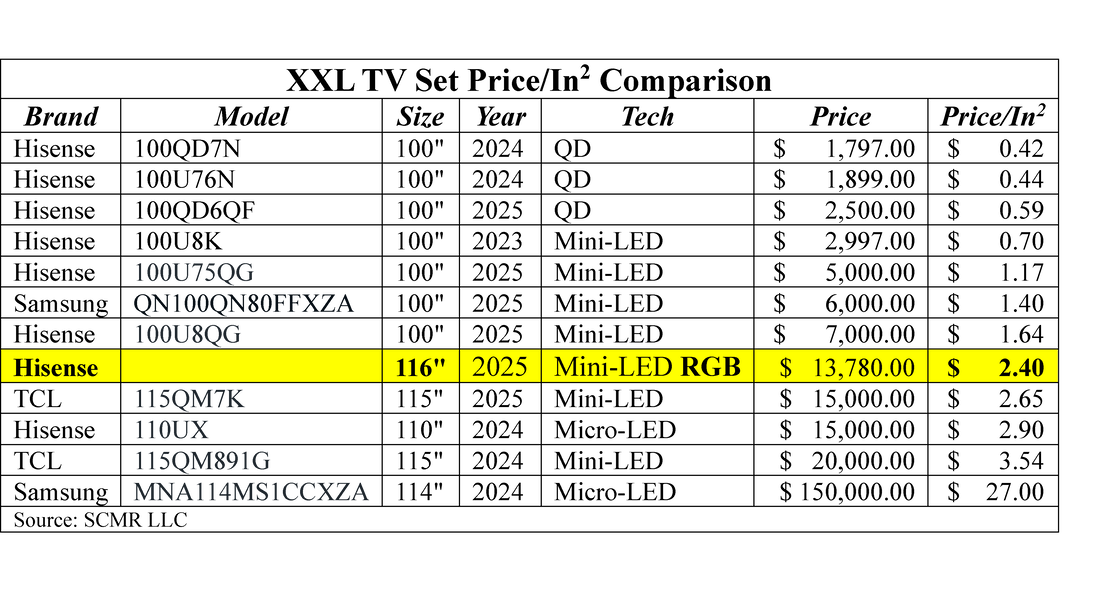




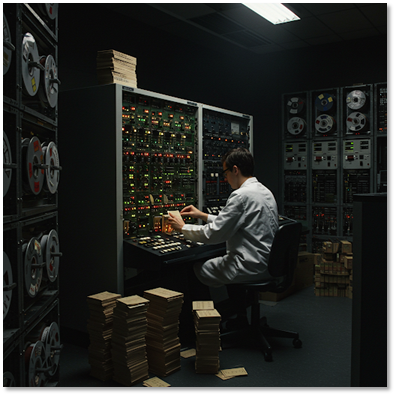


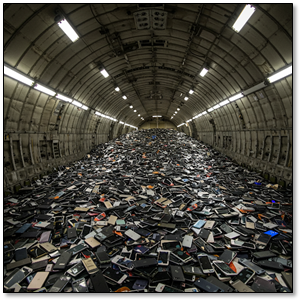

 RSS Feed
RSS Feed